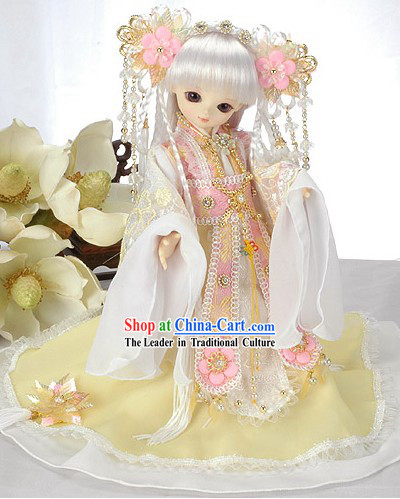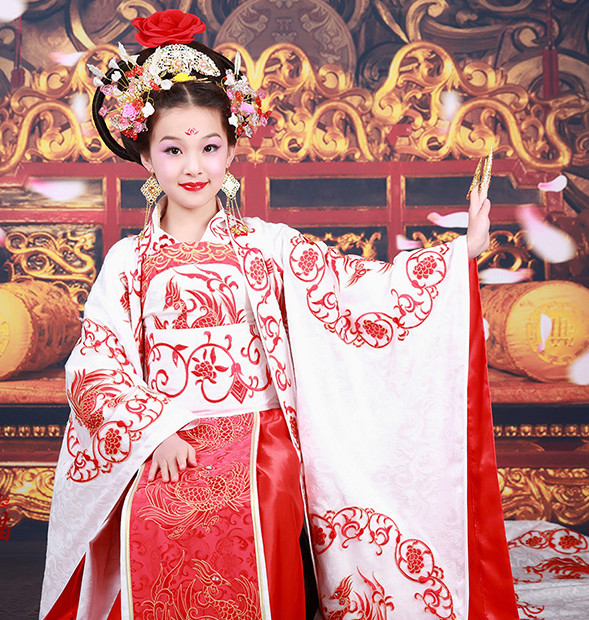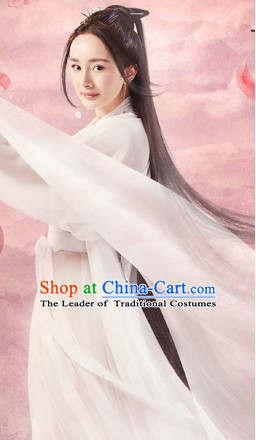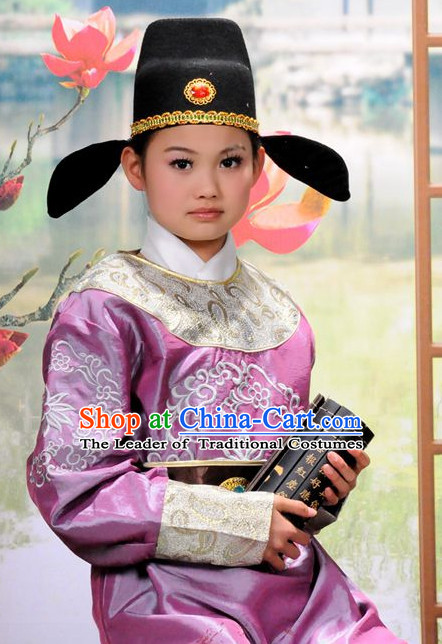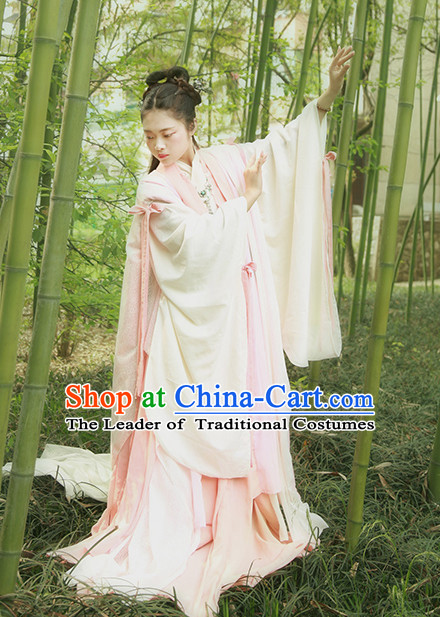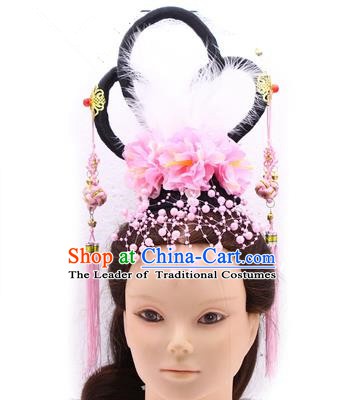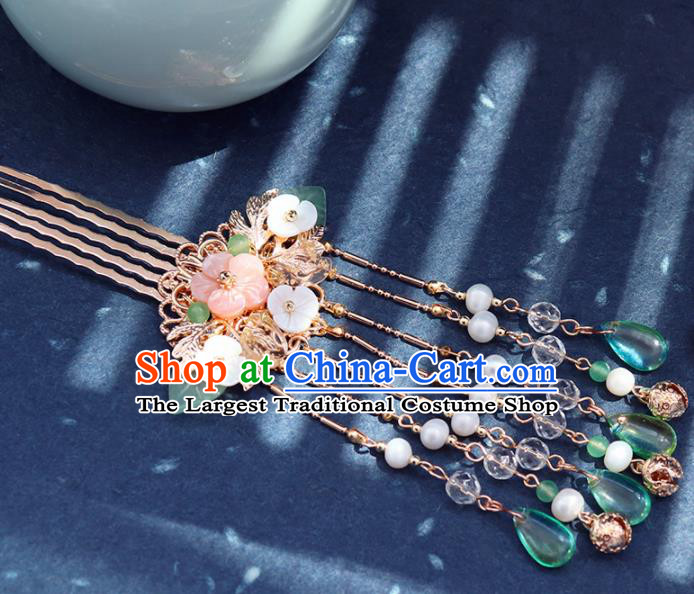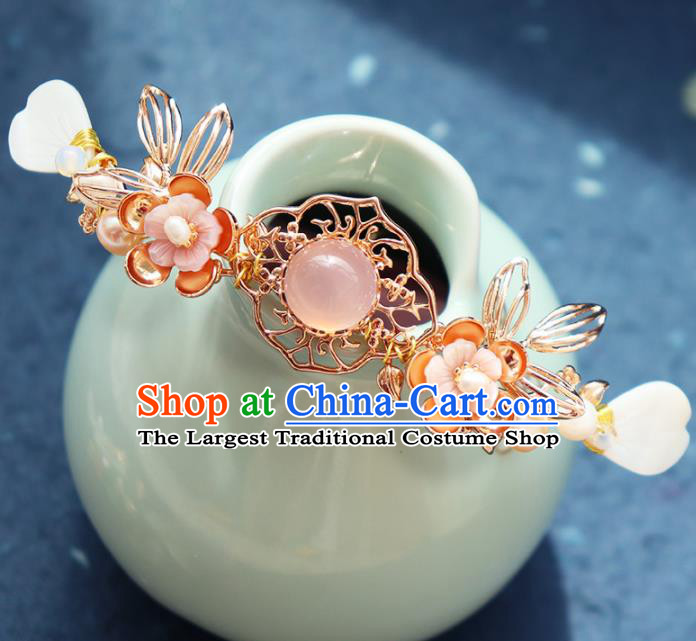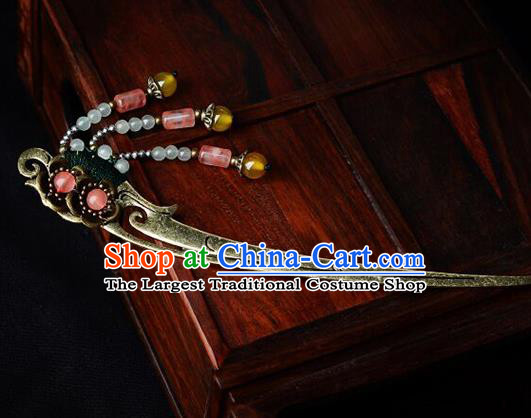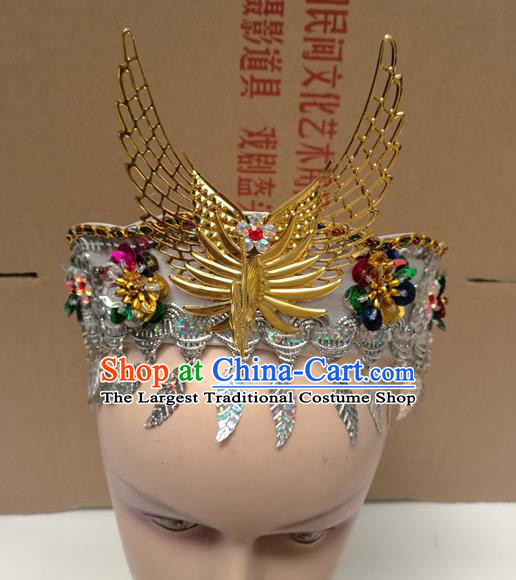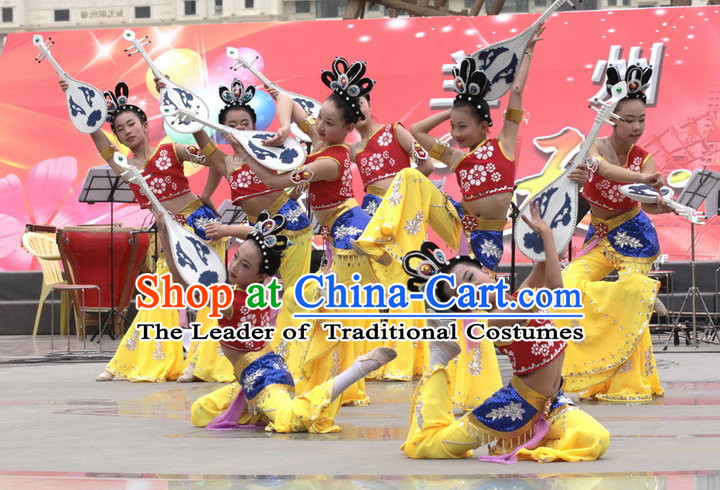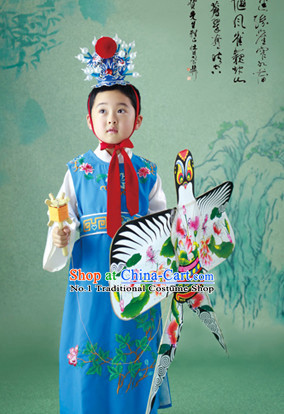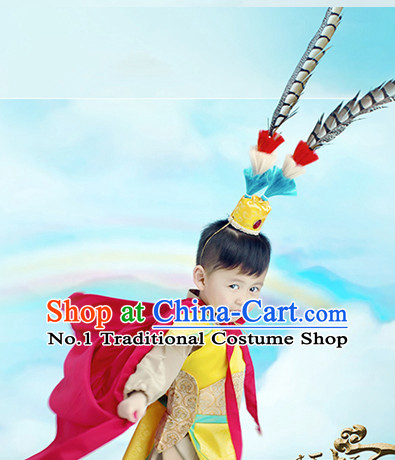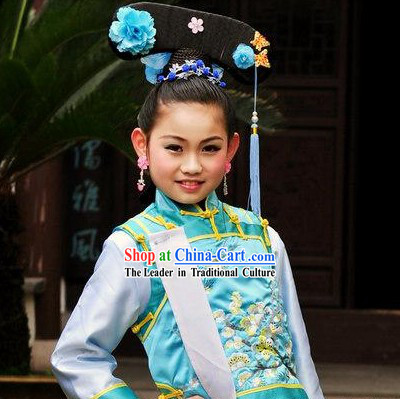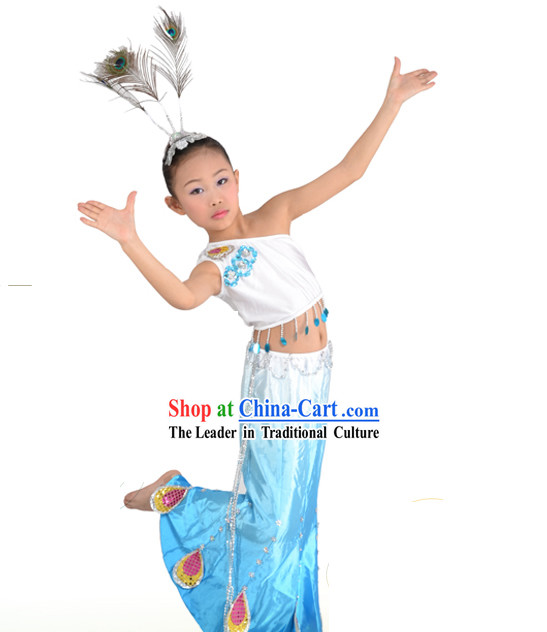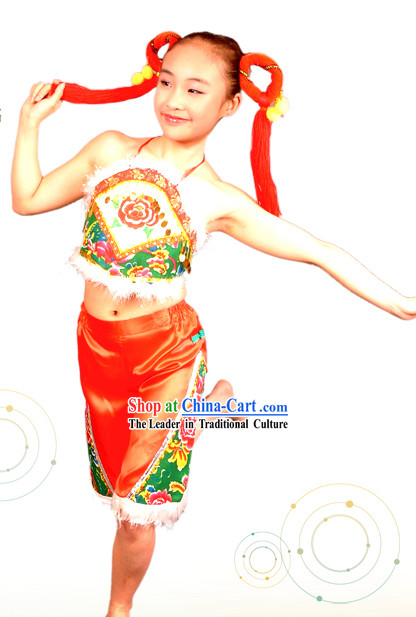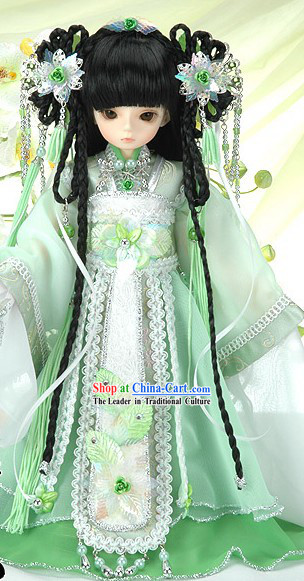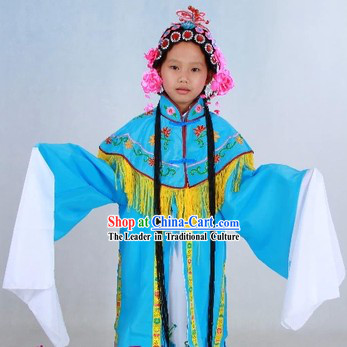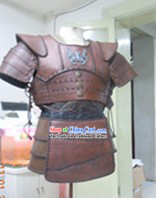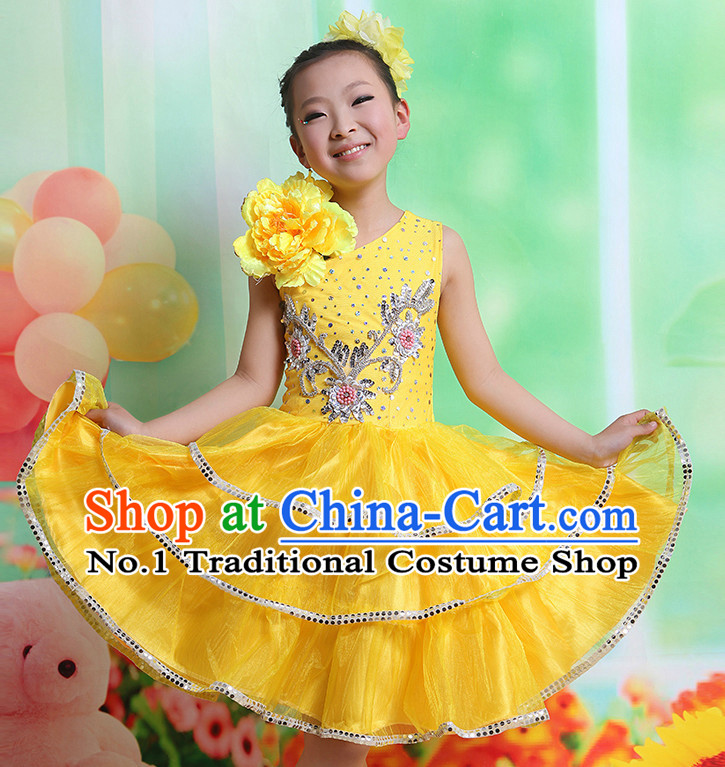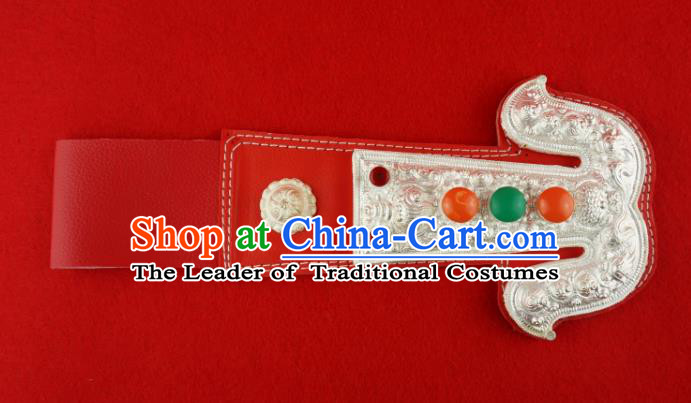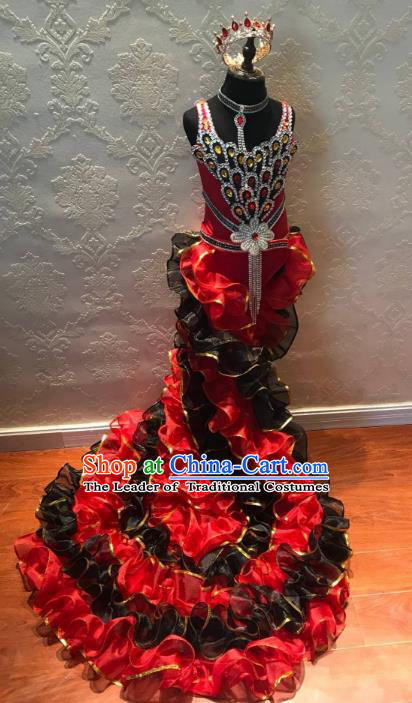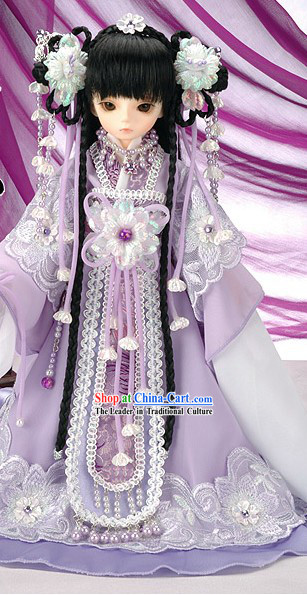
Click Related Pictures for More Audios:
The ancient Chinese children's clothing and accessories showcase a rich spiritual and cultural significance, representing the treasures of ancient Chinese culture and reflecting the lifestyle, customs, and values of that era.
These garments and accessories are renowned worldwide for their exquisite craftsmanship, unique designs, and abundant symbolism.
Among these ancient Chinese children's garments, we can observe various elements such as colors, patterns, decorations, and materials.
Some of these garments feature vibrant colors like red, yellow, and blue, which hold special symbolic meanings in Chinese culture.
For instance, red is often associated with joy, good fortune, and happiness, while yellow signifies light and prosperity.
Additionally, these garments incorporate intricate patterns and decorations such as embroidery, silk brocade, and beads, showcasing the artisans' skill and pursuit of beauty.
Apart from the garments themselves, some accessories also hold significant historical importance.
For example, headdresses are an essential component of ancient Chinese children's attire, typically made of silk and adorned with gold or silver threads, beads, and other precious stones.
These headdresses serve both practical functions (such as protecting the head from sunlight and sand) and symbolic meanings (such as displaying personal identity and social status).
Furthermore, there are other accessories like hairpins, earrings, and necklaces that also reflect the diversity and refinement of ancient Chinese children's clothing.
In conclusion, these ancient Chinese children's clothing and accessories demonstrate a rich spiritual and cultural significance.
They are not only works of art but also part of the cultural heritage, providing us with vital insights into the social life, customs, and values of ancient China.
